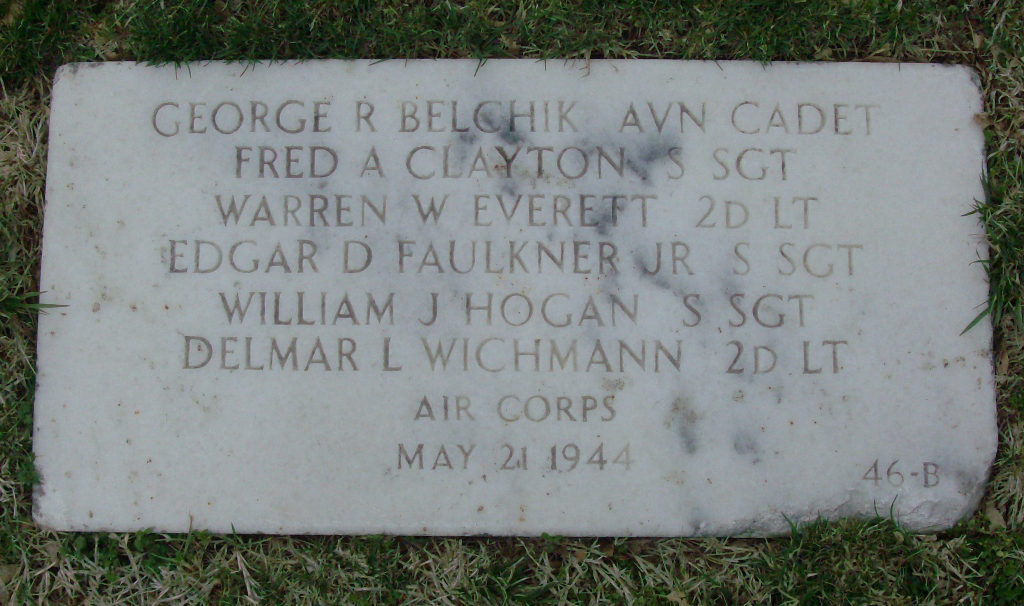An interactive map of the circumstances surrounding the crash of B-25 #41-30074 at Dagua, New Guinea on May 21, 1944.
The 345th Bomb Group made another flight to the Wewak area on May 21, 1944. The four squadrons were to select their own targets in the But and Dagua airdrome areas and drop their 1000 pound bombs from medium altitude. After bombing, they were to strafe the coastline from But to Cape Karawop from tree-top level.
The live map gets busy without some explanation. The orange lines refer to the bomb runs made by the two flights, the white dashed line indicates the regrouping run out over the water between the bomb and strafing runs, and the yellow lines indicate the path of the strafing run. Glowing orange/white dots are the bombing targets, red/black glowing dots the crash sites, and the glowing yellow/black dot is the approximate area where anti-aircraft and machine gun fire was received during the mission.
The 501st Squadron was second over the target area and flew in two flights of three airplanes. The first flight dropped their bombs on buildings one half mile west of the But airdrome. The second flight selected the enemy encampment area two miles southwest of the Dagua drome for their target. After the bomb runs were completed, the flights made a wide circle out over the water, losing altitude until they again approached the shoreline near the Ninahau River west of But. The only opposition was some flak and light machine gun fire from halfway between the two airdromes
B-25 #41-30074, nicknamed the Tin Liz, was flying on the right wing of the leader in the first flight and took up a strafing position about 3/4 of a mile inland from the shore. About halfway between the But and Dagua airdromes, it was observed to pull up abruptly, as though it had been hit by antiaircraft fire, but then continued on along the strafing route.
The lead and left wingman circled to look at a crashed Beaufort bomber that was still smoking in the surf west of Dagua [the topic of my April 17, 2020 post] and #074 was last seen continuing its strafing run south of the west end of Dagua airdrome. #074 did not form up with the rest of the squadron after the strafing run and did not return to base.
A squadron B-25 returned to the area during that afternoon to look for the missing plane and found it burning about 3/4 of a mile southeast of the east end of Dagua drome. As was often the case, observers stated that it would have been impossible for anyone to have survived the crash.
In April of 1946, the 29 Australian War Graves Unit was working in the Dagua area to recover their war dead and recovered the remains of this crew along with some personal effects. They were buried as “Unknowns” at Wewak, then Finschhafen, then Manila, before finally being identified as the crew of #41-30074. In 1951, they were interred in a group burial at Jefferson Barracks National Cemetery, St. Louis, Missouri.
Lost with B-25 #41-30074 were:
- 2Lt Delmar L. Wichmann, pilot
- 2Lt Warren W. Everett, co-pilot
- SSgt Edgar D. Faulkner, Jr., engineer
- SSgt George R. Belchik, radio operator
- SSgt Fred A. Clayton, aerial gunner
- SSgt William J. Hogan, aerial photographer

